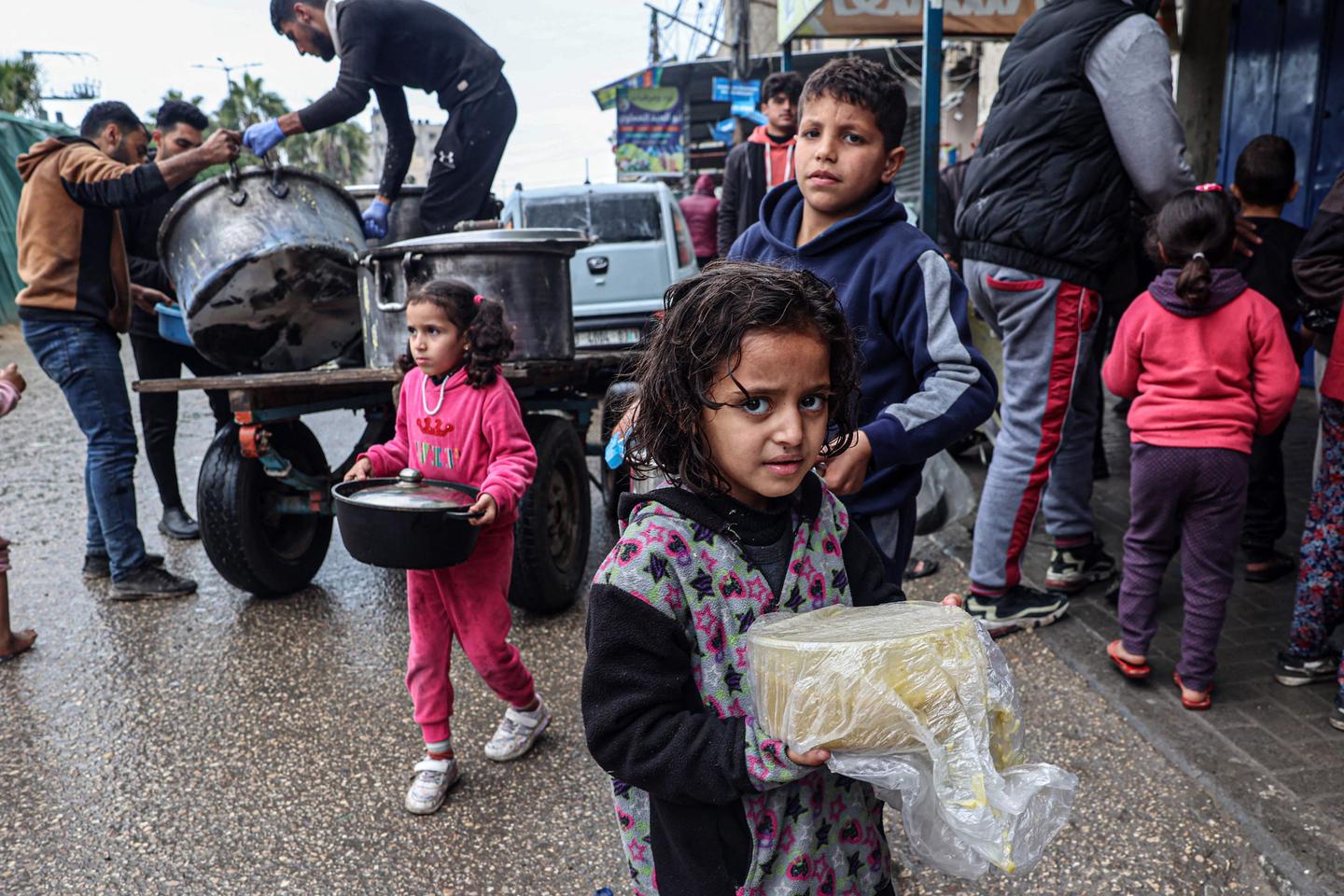


As Israel prepares a ground offensive in the southern Gaza Strip town of Rafah − where, according to the army, lies Hamas' last stronghold − UN Secretary-General Antonio Guterres called for an "end [to] the bloodshed in Gaza" on Monday, February 26.
In Rafah, which in recent weeks has had to accommodate 1.3 million Palestinian refugees according to UNICEF, including 600,000 children, the humanitarian situation is catastrophic. Refugees are massing in the town, often after being displaced several times across the Gaza Strip − encouraging the transmission of respiratory diseases and fevers. Gaza's hospitals are saturated, both by these extreme conditions and by the waves of newly wounded people after each bombing by the Israeli army.
On Monday, the office of Israeli Prime Minister Benjamin Netanyahu announced that the army had presented a plan to "evacuate" civilians from "combat zones" in the Gaza Strip, without providing further details.
In our three-minute video, Le Monde explains the current living conditions and humanitarian crisis in Rafah, and why a ground offensive would be devastating.
